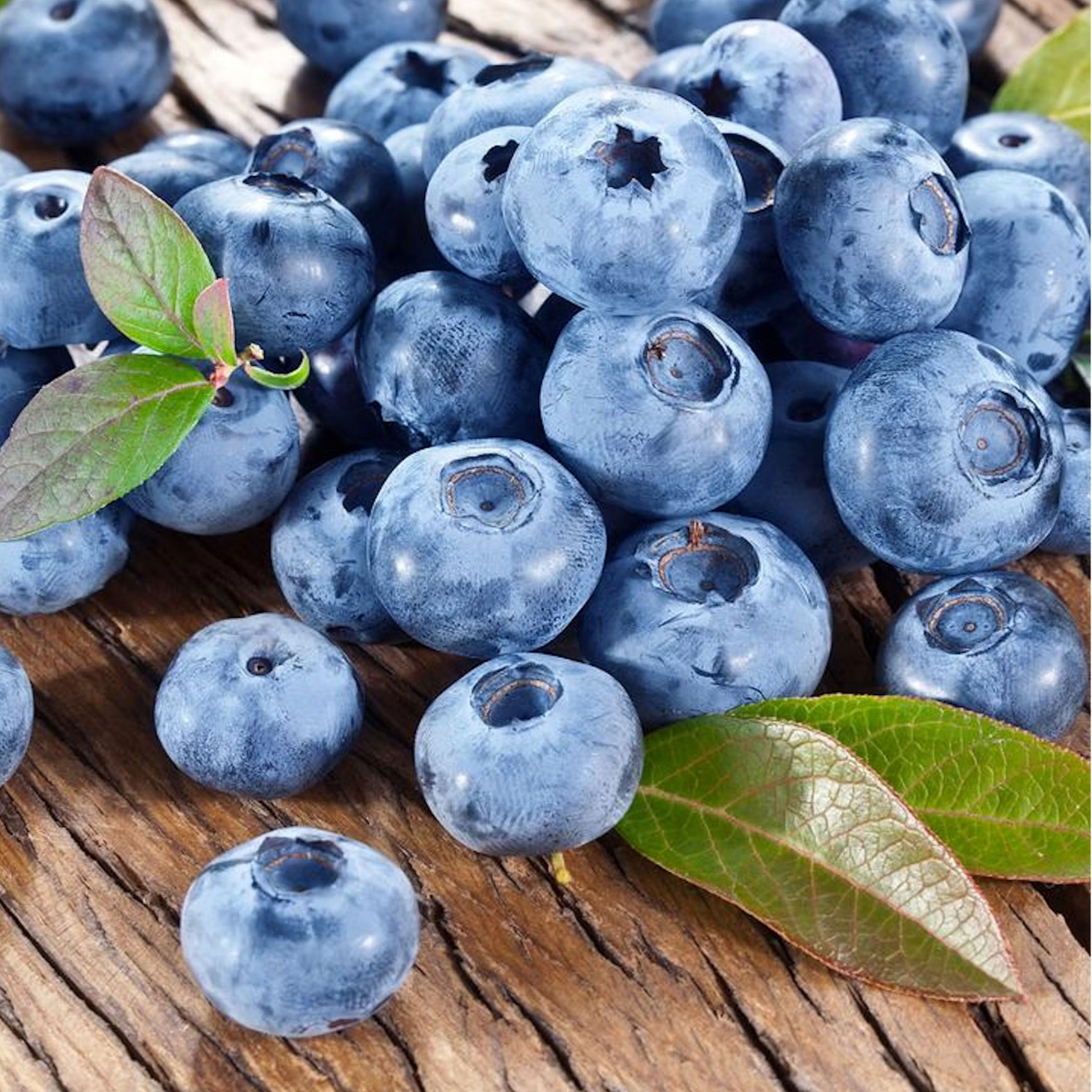Native Berry Bushes That Are Oh-So-Yummy – 10 Sustainable Backyard Berries To Grow
If you haven’t made room in your yard for native berries, you’re missing out on some of the healthiest, most reliable fruiting shrubs. Here are 10 native berry bushes you’ve got to try
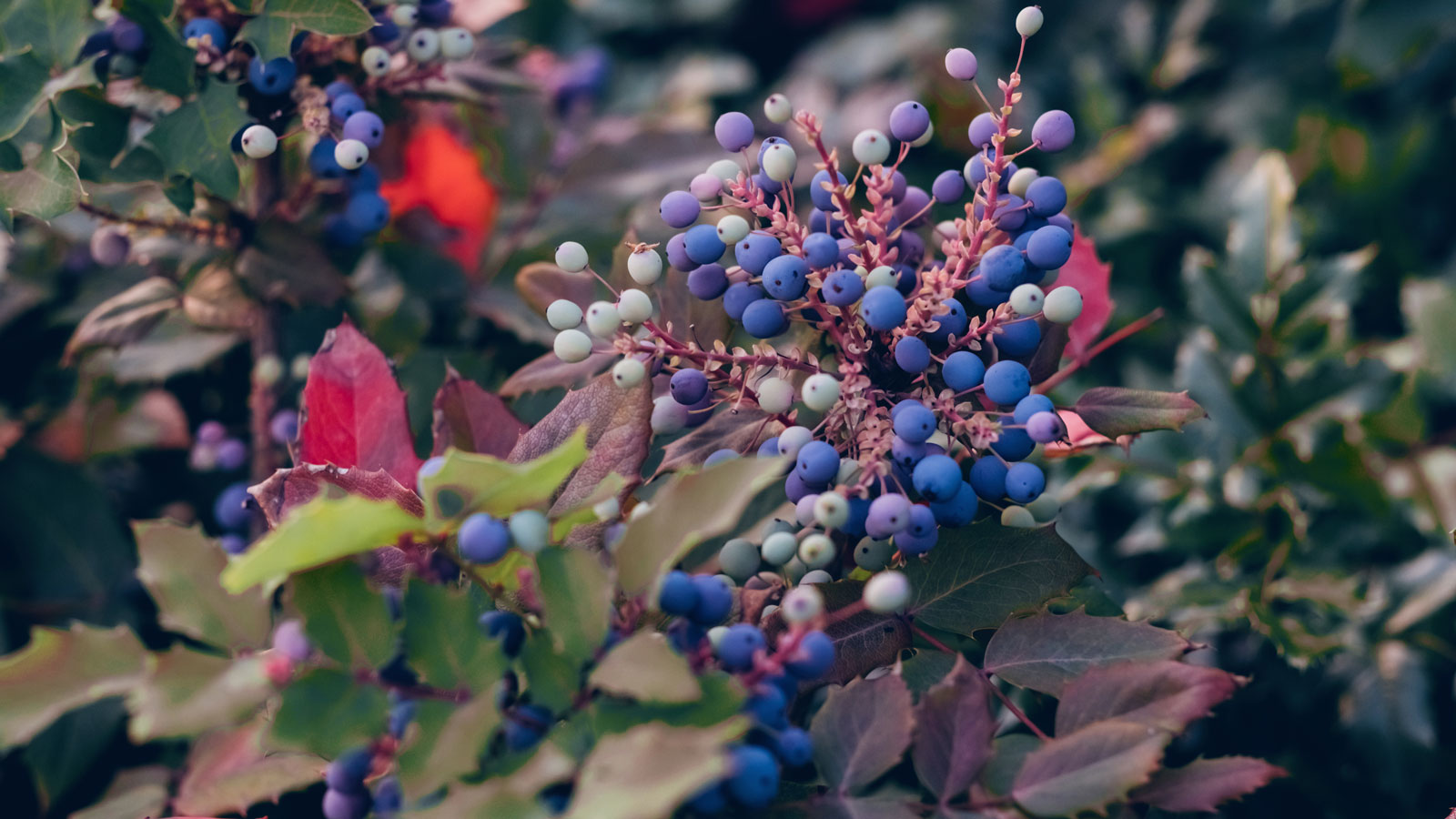

Foraging on native berry bushes while hiking is an unforgettable experience, but you can grow berries native to North America in your own backyard. North America has diverse climates, many of them home to a variety of berries. Understanding about native plants gives you the inside track on cultivating some of the most naturally prolific, healthiest and rewarding varieties for both yourself and for wildlife. Your local plant center can help you find some of these native berries to North America, but this guide covers 10 of the best to enjoy right outside your door.…
Try These 10 Tasty Native Berry Bushes
It’s vitally important to know your berries. In the wild, there are around 300 species of berries in North America. But not every berry is safe to eat. As berry foragers will tell you, only 10 percent of white and yellow berries are edible, while around 50 percent of red berries are fine, and 90 percent of blue and black berries are safe to eat.
So it makes sense to know the best native berries you can grow yourself for tasty, healthy and totally safe fruiting rewards. Native berry plants grow in a wide range of soils, but prefer well-draining, acidic sites. For anyone looking to increase their range of native shrubs, here are some favorite fruiting types to try growing yourself:
1. Blueberry
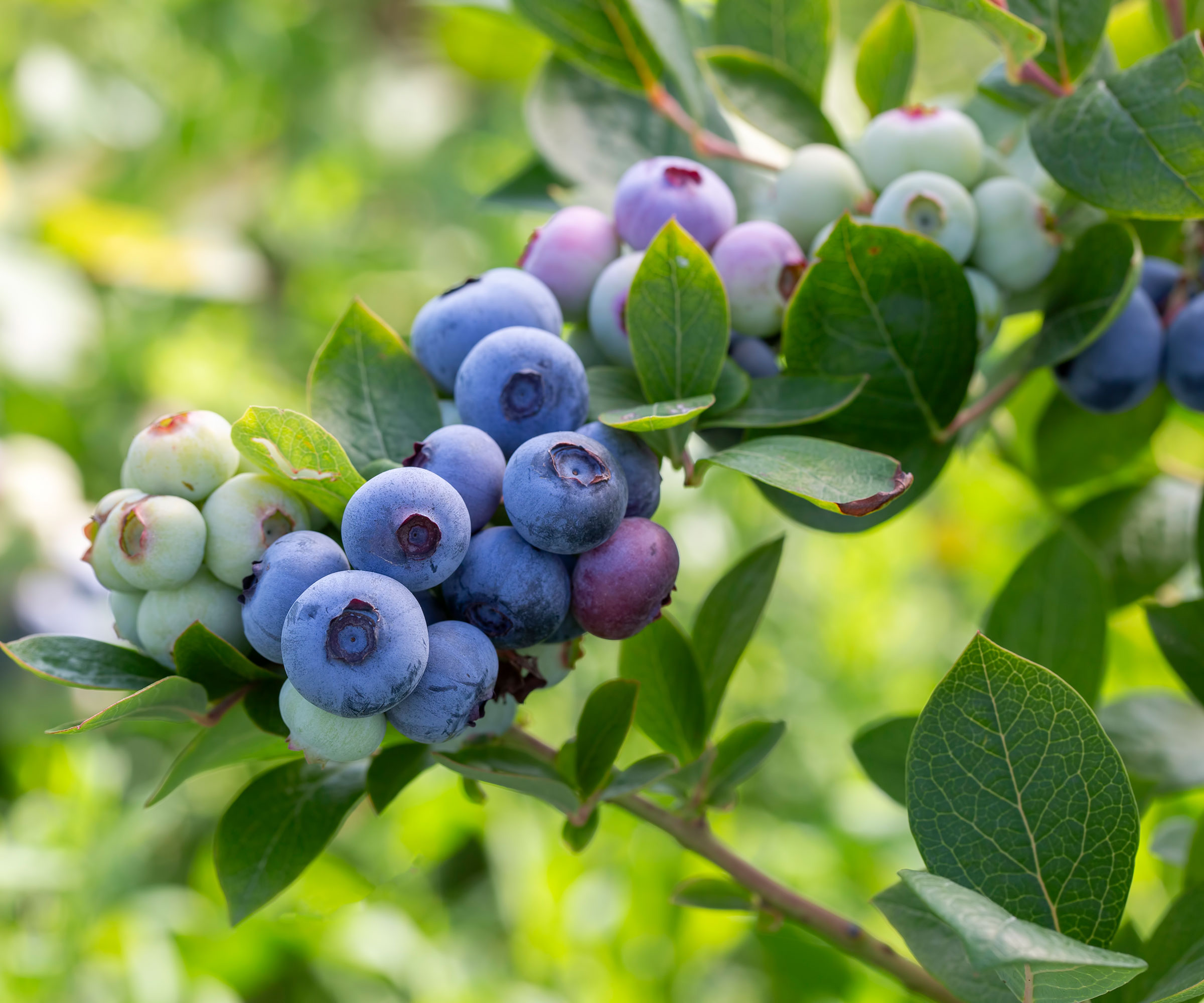
Blueberry plants are small bushes with glossy green, ovate, pointed leaves. The little bushes produce white flowers that in turn become chubby, round blue fruits. There are highbush and lowbush varieties of blueberry, each native to different parts of the country. Highbush berries are strewn across eastern North America, while lowbush varieties are more common in north-central parts of the United States and into the Pacific Northwest. Blueberries need acidic, moist soil. Try Vaccinium corymbosum or Bluecrop, a mid-season producer.
2. Elderberry
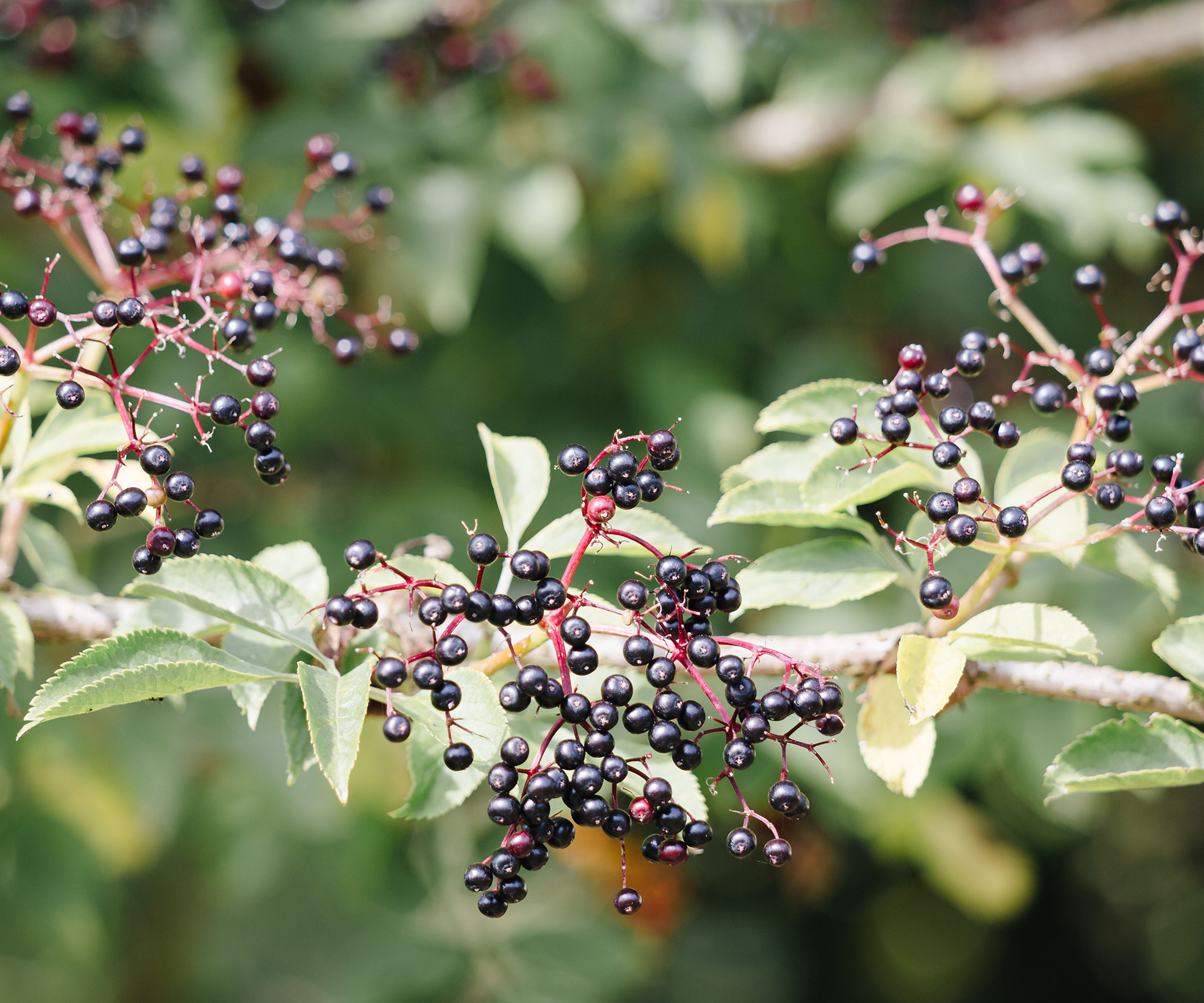
These are very elegant plants with lacy leaves and umbels of tiny flowers. Once the flowers have gone, small deeply purple berries form. These are often used in jams and even wine. Elderberry plants may form a multi-stemmed bush or single-stemmed tree up to 6 feet (1.8m) in height. Native elderberry varieties prefer consistently rich, moist soil.
3. Gooseberry
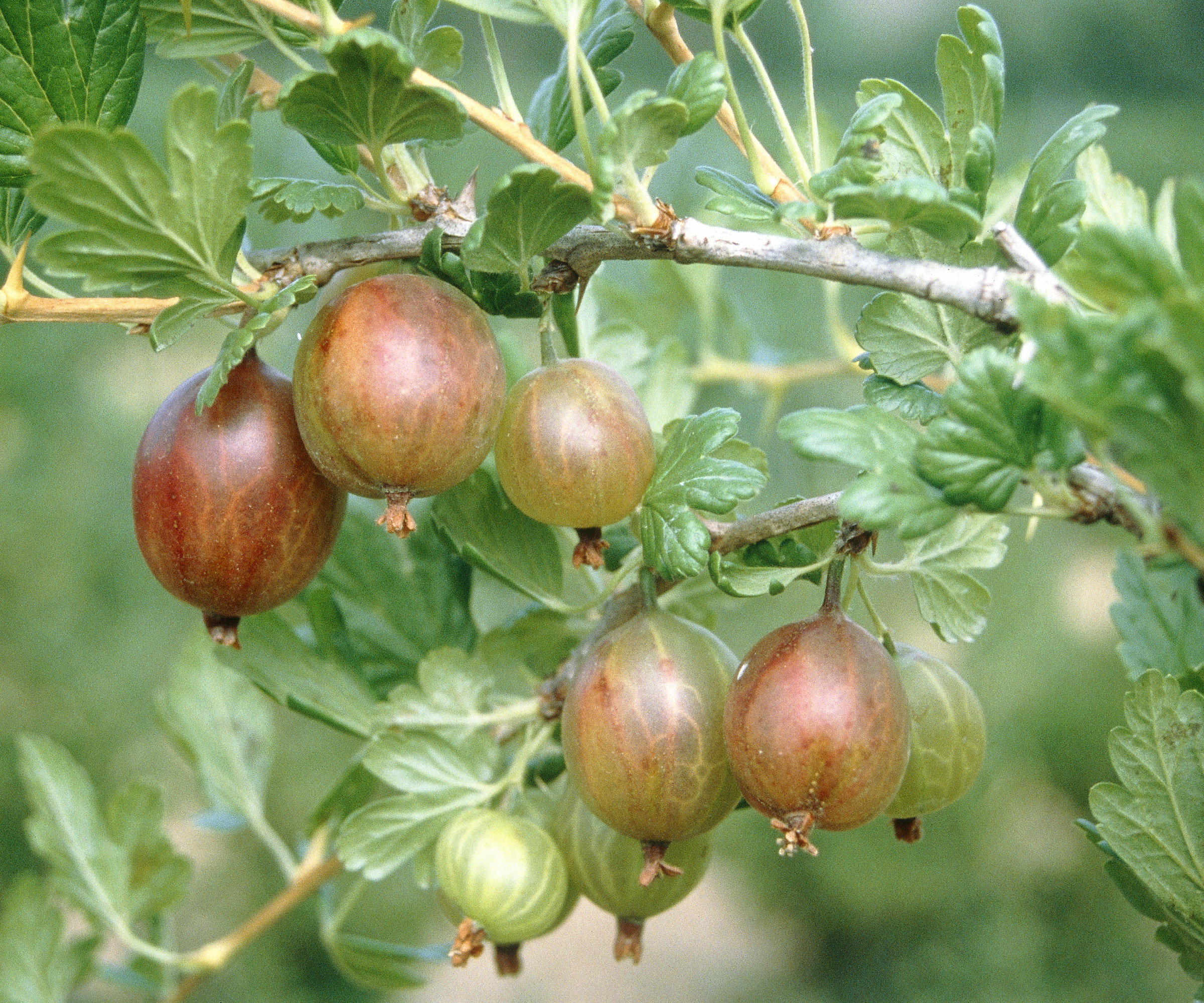
There are several types of gooseberries you can grow with Whitestem and Rocky Mountain 2 of the more common. Whitestem has almost black berries, while Rocky Mountain has red fruits. Both of these plants have spines and palmate leaves. They grow wild in mountain regions and require moist soil in spring. They are tolerant of the cold and are delightful in cool climate regions.
4. Salmonberry
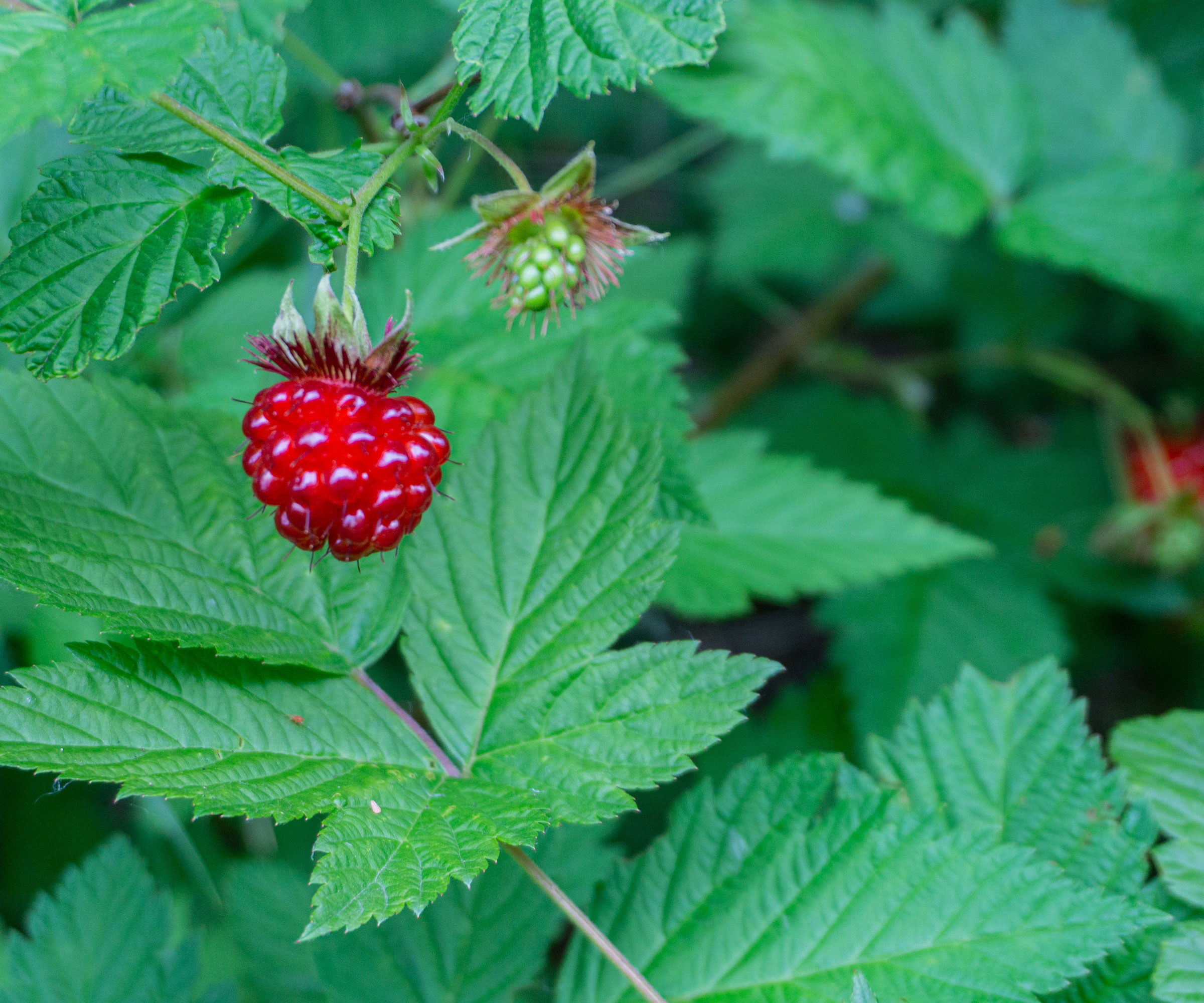
If you’ve ever spotted a berry that looks like a raspberry but is not red, it might be a salmonberry. These fruits have yellowish-orange coloring. They are aggregate berries, much like raspberries or blackberries. They are late spring fruits and are found in dappled light, near water, and under trees.
Sign up for the Gardening Know How newsletter today and receive a free copy of our e-book "How to Grow Delicious Tomatoes".
5. Huckleberry
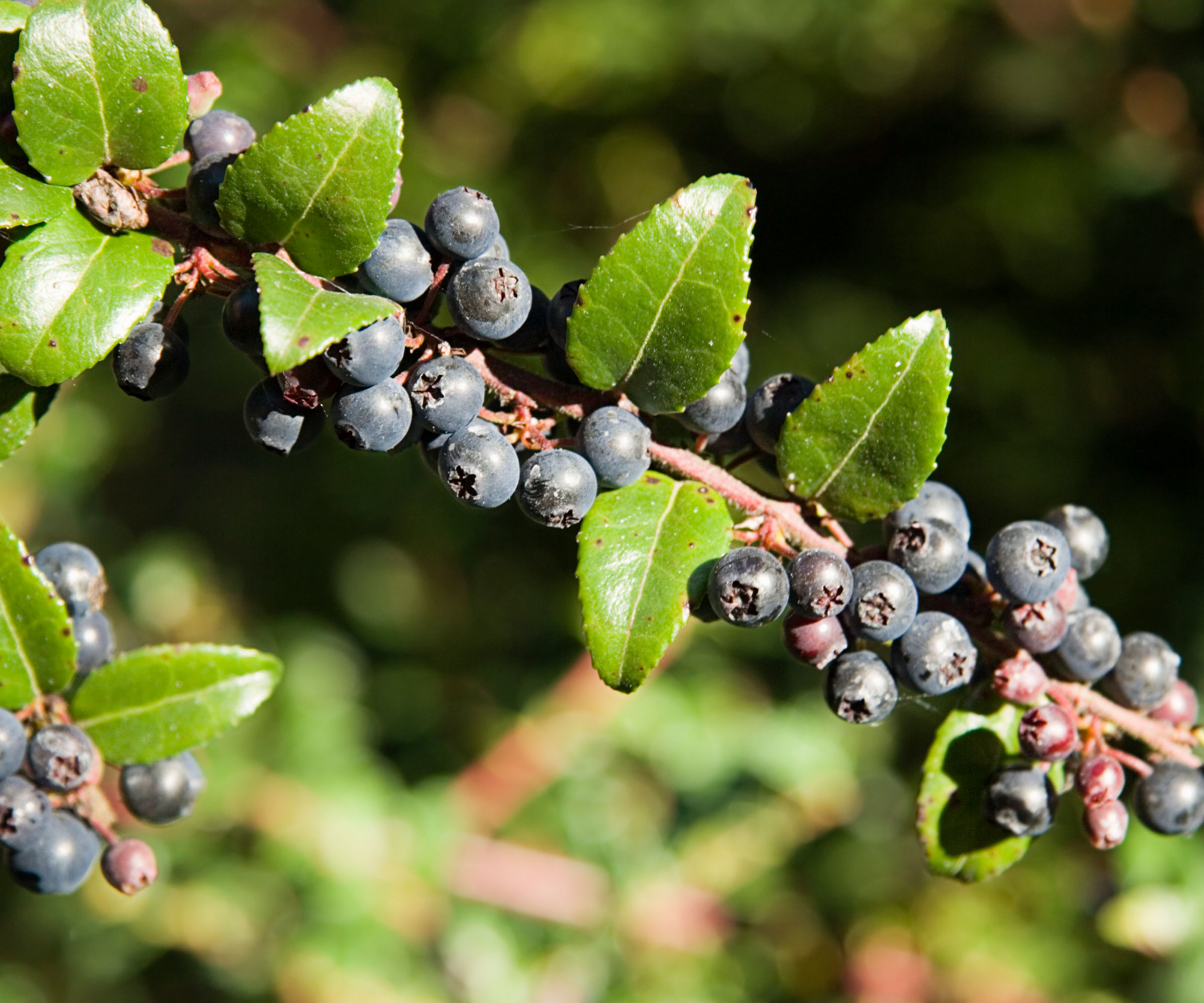
Found in the Pacific Northwest, these have a long history as an indigenous food, both fresh and dried. When ripe, these berries appear to be almost black in color. Huckleberry plants are evergreen and produce fruits in the summer. The fruit is sweet with a bit of tartness. These berry plants grow in shaded locations and prefer moist soil.
6. Juneberry
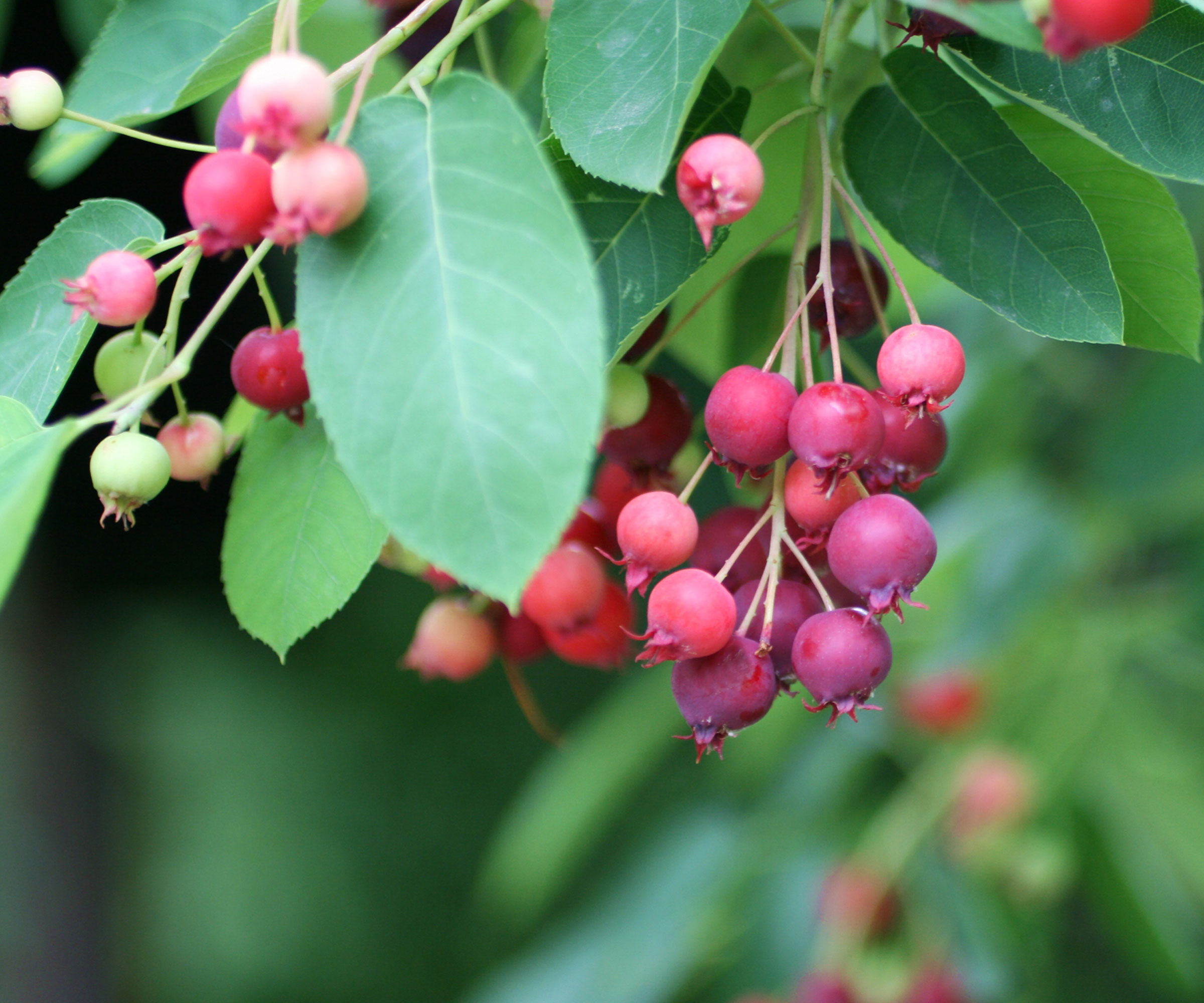
The berries on this tree-like bush (which is also known as the serviceberry) look similar to a blueberry. These plants prefer sandy soil and are most often found at the edges of deciduous forests. These fruits have cherry and almond notes. The leaves are oval and slightly serrated, and the bark is silvery.
7. Salal Berry
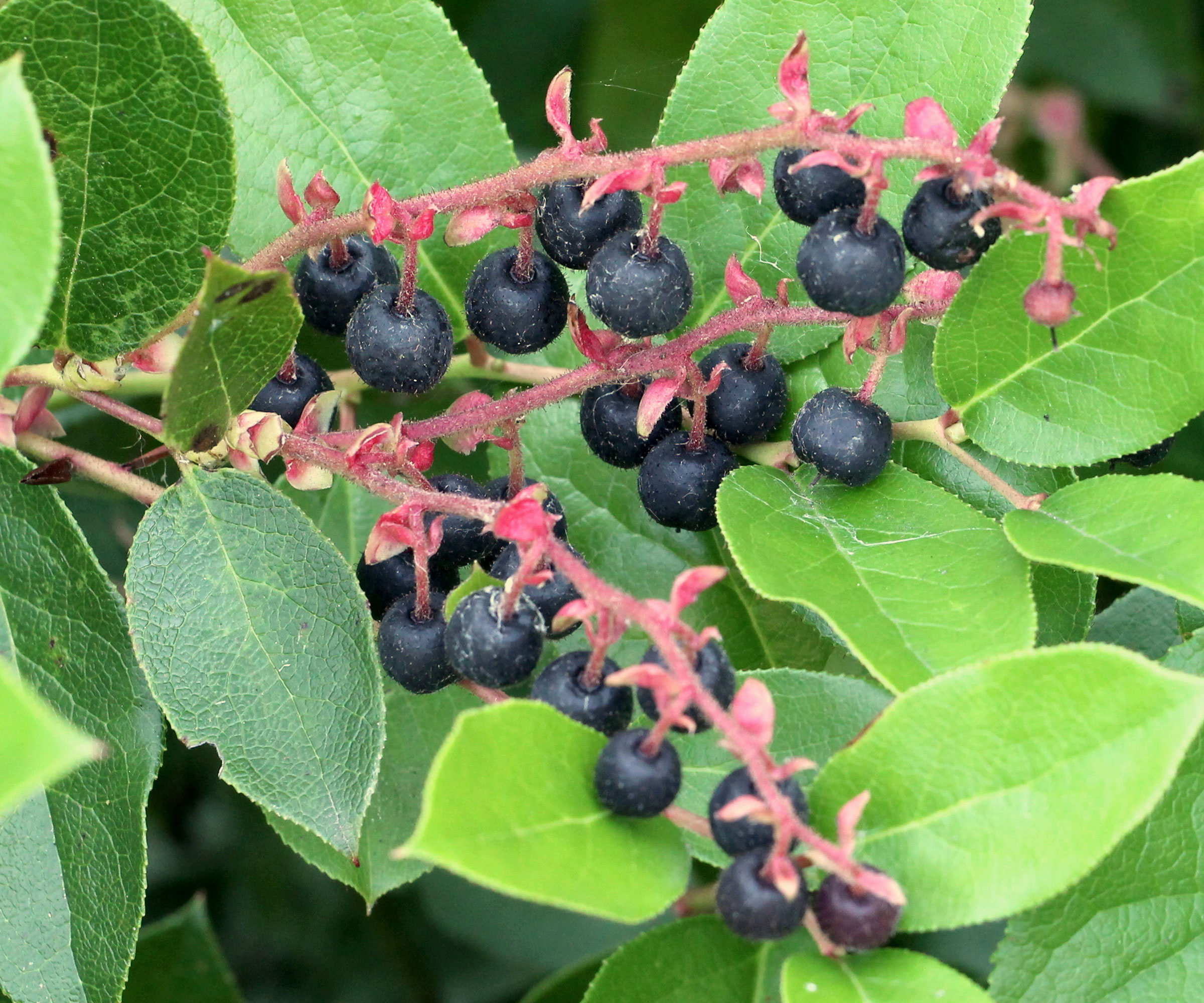
The evergreen leaves are glossy and pointed, with blushed stems. They grow in a wide variety of climates and are quite winter hardy. The fruit was an important food source for indigenous communities. The berries are dark blue, oval to round, and sweet. Plant the bushes in partial sun to full shade and keep the soil moist.
8. Thimbleberry
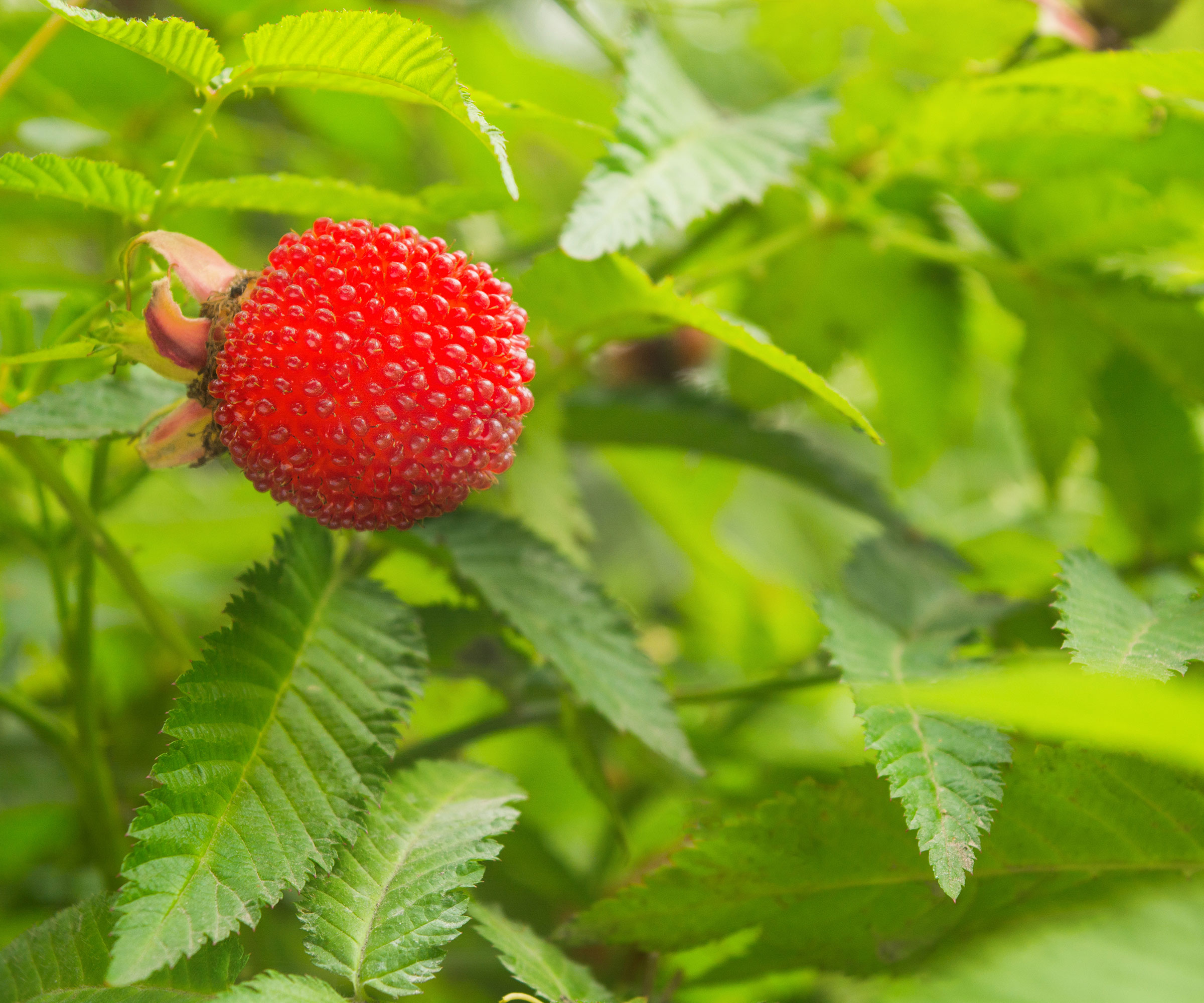
Thimbleberries are a wild bramble with slightly chalky berries. The leaves are maple-shaped and the berries are sweetly tart and bright red. Spring flowers are starry white. They prefer moist soil, but can tolerate dry sites. Plant in full sun and provide consistent moisture.
9. Honeyberry
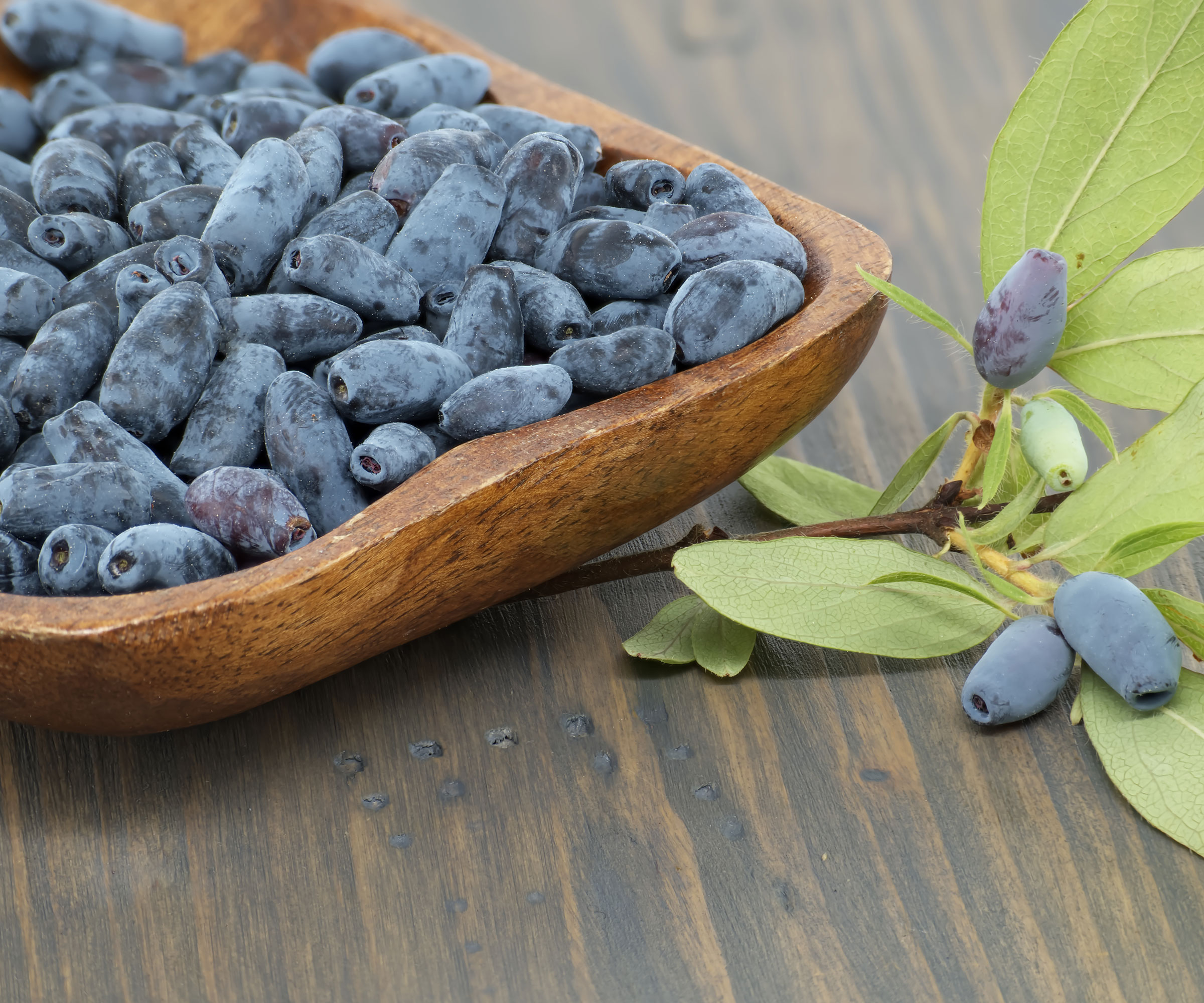
One of the sweetest berries available, honeyberries are a species of honeysuckle. They prefer colder climates and moist soil. Small, funnel shaped, creamy white flowers become elongated purple-blue fruits. These bushes (also known as haskaps) are relatively pest free and come in numerous cultivars.
10. Oregon Grape
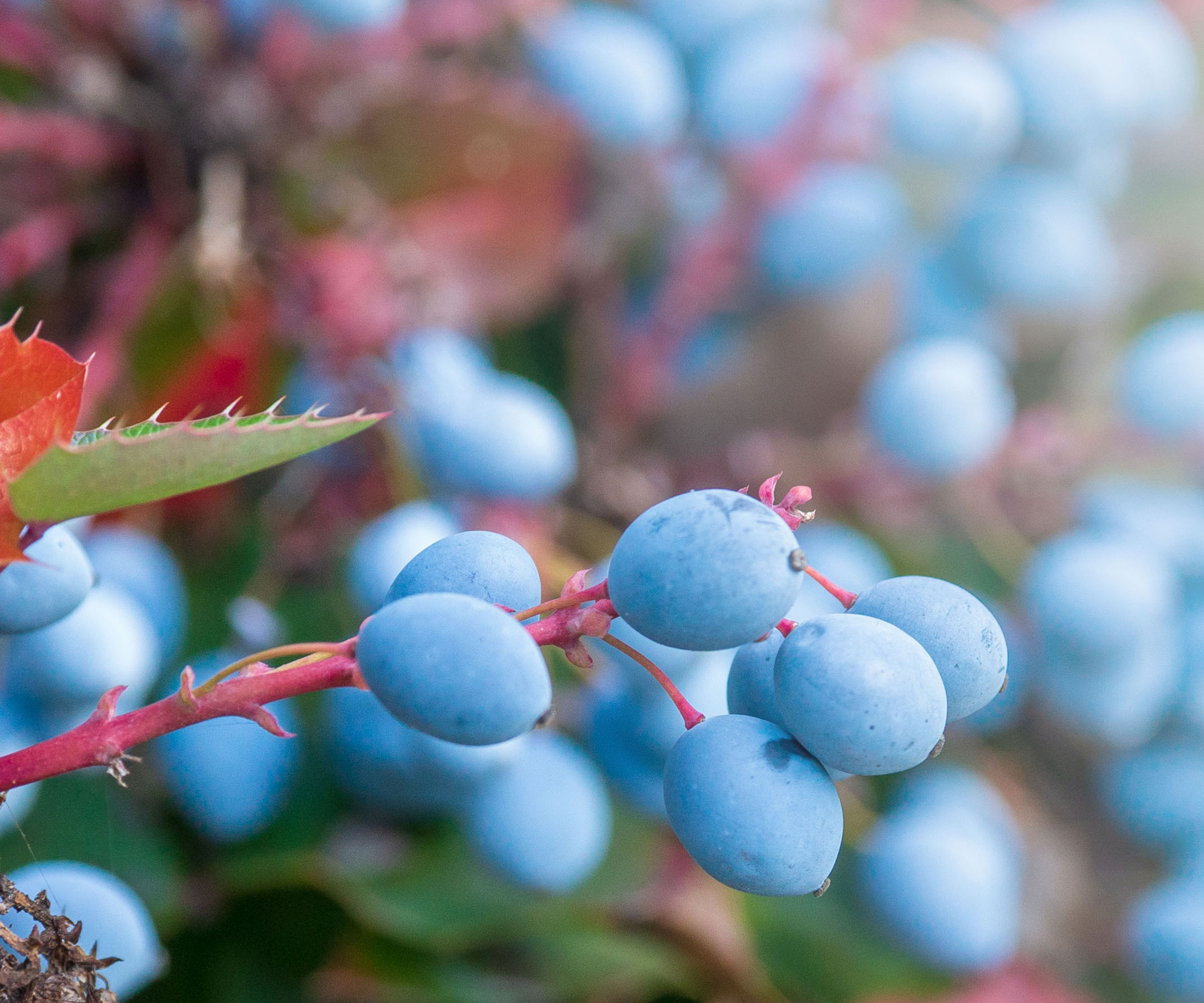
The fruits of Mahonia nervosa taste nothing like standard dessert grapes, although they do look similar. The leaves are serrated and have a sharp edge like holly. The berries used to be used as dye and in medicine. They are tart but, when mixed with sweeter berries, delicious. They also make excellent wine. You can grow Oregon grape bushes in both moist and dry areas, sunny or partially shaded.

Bonnie Grant is a professional landscaper with a Certification in Urban Gardening. She has been gardening and writing for 15 years. A former professional chef, she has a passion for edible landscaping.
